Improving Network Resiliency in the Face of Extreme Weather
The threats of wind, fire and ice storms are downing poles and cutting off service to communities.
Barry Walton
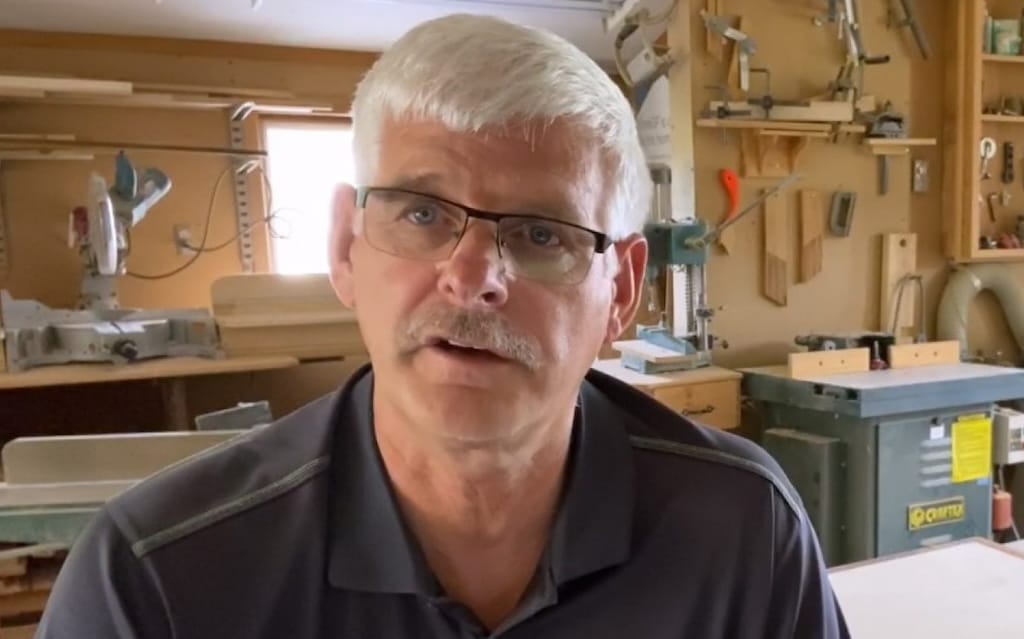
Extreme weather patterns are increasing across the globe and operators of critical infrastructure like broadband must begin taking measures to meet this rising challenge. In North America, where a significant portion of telecommunications networks span the countryside on above-ground utility lines, the threats of wind, fire and ice storms are downing poles and cutting off service to communities. The damage to networks due to extreme weather events cost millions of dollars, loss of business revenue and can take a great deal of time to restore.
It's critical service providers take a proactive stance with network architectures that are more resilient to severe weather, including the use of fiber optic solutions that can dramatically reduce the time and labor required to get vital communication infrastructure back online. Other solutions for network providers to consider include:
Bury where possible
For communities building their own broadband networks or incumbent telcos expanding their coverage, the ideal method is to place the cabling underground. Given fiber optic cabling’s longevity and future-proof bandwidth capacity, under certain conditions underground deployments can often last decades with minimal maintenance and are immune to most weather events. The recent hurricane that came up the cost recently caused a great deal of damage to aerial networks however I was in touch with one of our customers in Georgia who has all of his fiber broadband network buried had only 4 customer troubles and a few inches of water in his central office.
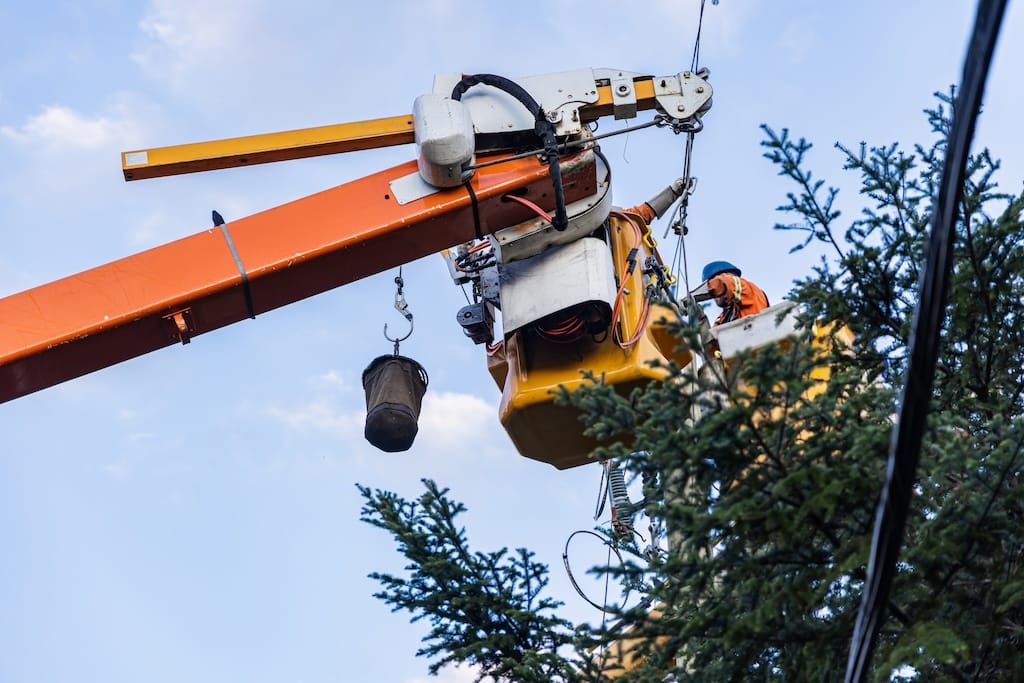
However, even underground fiber isn’t completely invulnerable to disruption. Excavation equipment can cause issues when the equipment operators fail to call for a cable location service and dig up a cable, disrupting service.
Another thing to consider for your middle mile networks is investing in technology that monitors the fiber network and when a fault takes place it can quickly test and provide details to assist the repair crews to the proximity of the damage. This can reduce a great deal of time to restore service
Of course, for some areas, running your cabling underground can be cost prohibitive or impractical because of rock or wetlands. In these circumstances, your only option is likely placing cable on utility poles. But even then, there are steps that can be taken to guard against disruption and downtime.
Utilize pre-terminated fiber
Aerial cables on utility lines are often the most practical means of delivering broadband connectivity over long distances, particularly in sparsely populated areas. But these cables can be susceptible to a wide variety of environmental dangers. As such, network operators must engineer these installations with the aim of fast restoration for when the cables are damaged.
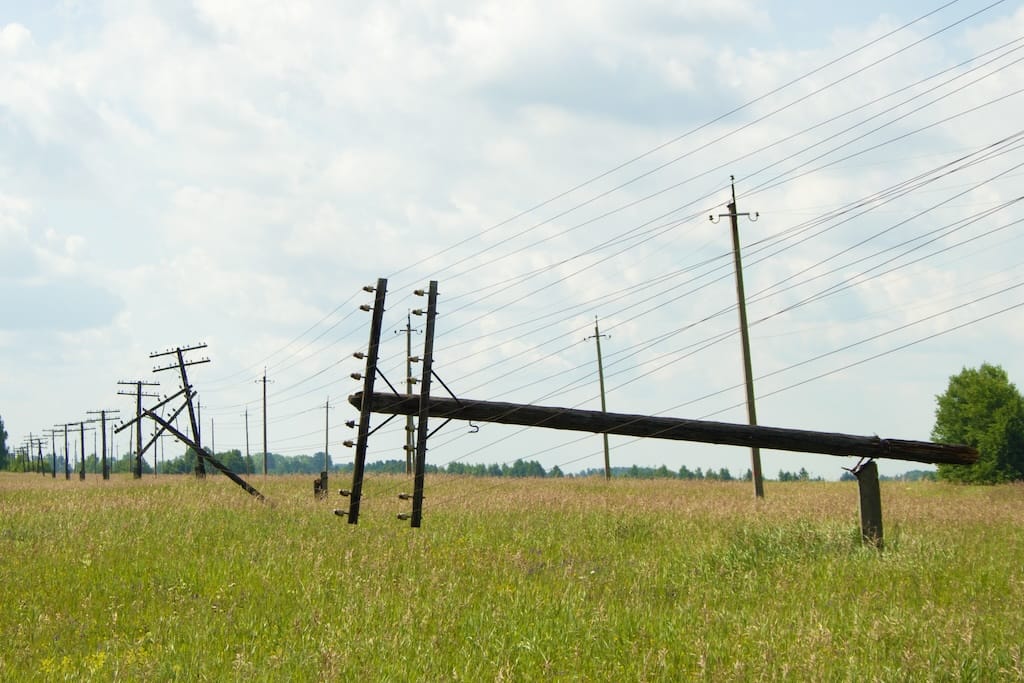
One key consideration from a design standpoint is to ensure there’s extra slack in the line to prevent breakage when poles fall. A few years back, I was tasked with assessing the damage following a severe winter storm that toppled dozens of trees onto the lines, which were also coated in a thick sheath of ice. But because the line was engineered with slack loops, the cable in many cases was able to withstand the tension and remained working as the slack provided enough flexibility to prevent the fiber cable from being severed. The choice of the drop that connects homes to the pole line can impact the time to restore service. Aerial drops typically in a treed area can be severed from falling trees and limbs and can take a great time to replace them.
Drops are connecting homes can be connected with 2 methods and products. Drop is spliced using a fiber splicing set in a terminal or splice closure to the cable which can take up to an hour to splice the drop in and install it to the home. The other method is selecting a pr-connectorized drop that does not require any specialized equipment or specialized training as the drop can be replaced very quickly by simply in plugging the drop from the terminal and re-connecting to the home.
Develop and maintain an emergency plan
No matter how carefully you design your network, challenges are inevitable. In a disaster situation, there will be a litany of impediments standing in the way of carrying out service restoration: Where will you get fuel for maintenance vehicles? Where will you get your materials? And how will you handle the logistics of mobilizing the technician teams? The key is developing a comprehensive emergency restoration plan and keeping it up to date.

A solid emergency plan for service providers should consider the following:
- Priority services for restoration, such as hospitals and emergency services
- A damage assessment process involving teams on the ground
- Materials and fuel sourcing contingencies
- Staffing plan for technicians and engineers, including logistics for out-of-town workers such as food and accommodations
- Consider a mutual aid partnership with other utilities that will assist with repairs. Mutual aid has been in place many years for the power industry.
- Detailed records of your network
- Generators for remote active cabinets and a plan to deploy and secure them from vandals
- An emergency operations center
- Once a year you should review your plan and update it as required
Internet access is no longer just a commodity, it’s a necessity. As the threat of severe weather grows, service providers need to take measures to ensure their networks are built to withstand the elements and to allow for fast, efficient repair when the inevitable damage is done. Having a detailed plan, burying the fiber where possible, and utilizing pre-terminated solutions are all ways to reduce the time to repair when natural disasters cause disruptions to operators’ networks.
Barry Walton is in his 48th year in telecom and serves as Solutions Architect for Corning Optical Communications. In his current role, Barry is focused on developing and implementing innovative solutions to reduce labor in deploying fiber to the home in rural communities. His expertise lies in business case creation, operations planning, large-scale network planning, reducing costs and deployment strategies for successful access network builds. The Expert Opinion is exclusive to Broadband Breakfast.
Broadband Breakfast accepts commentary from informed observers of the broadband scene. Please send pieces to commentary@breakfast.media. The views expressed in Expert Opinion pieces do not necessarily reflect the views of Broadband Breakfast and Breakfast Media LLC.


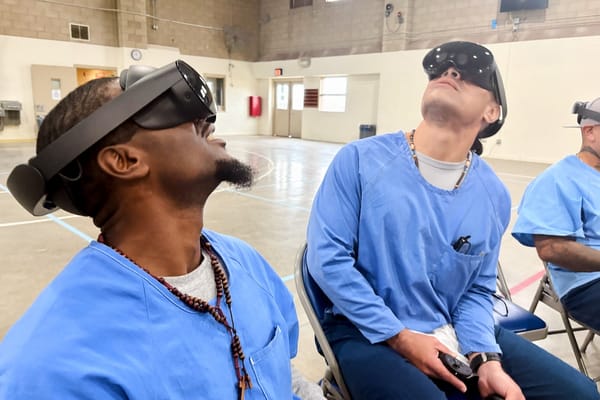

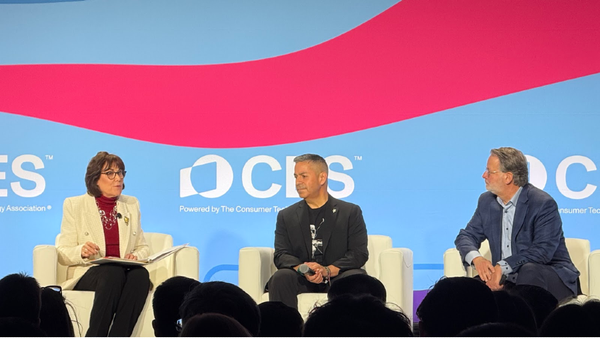






Member discussion